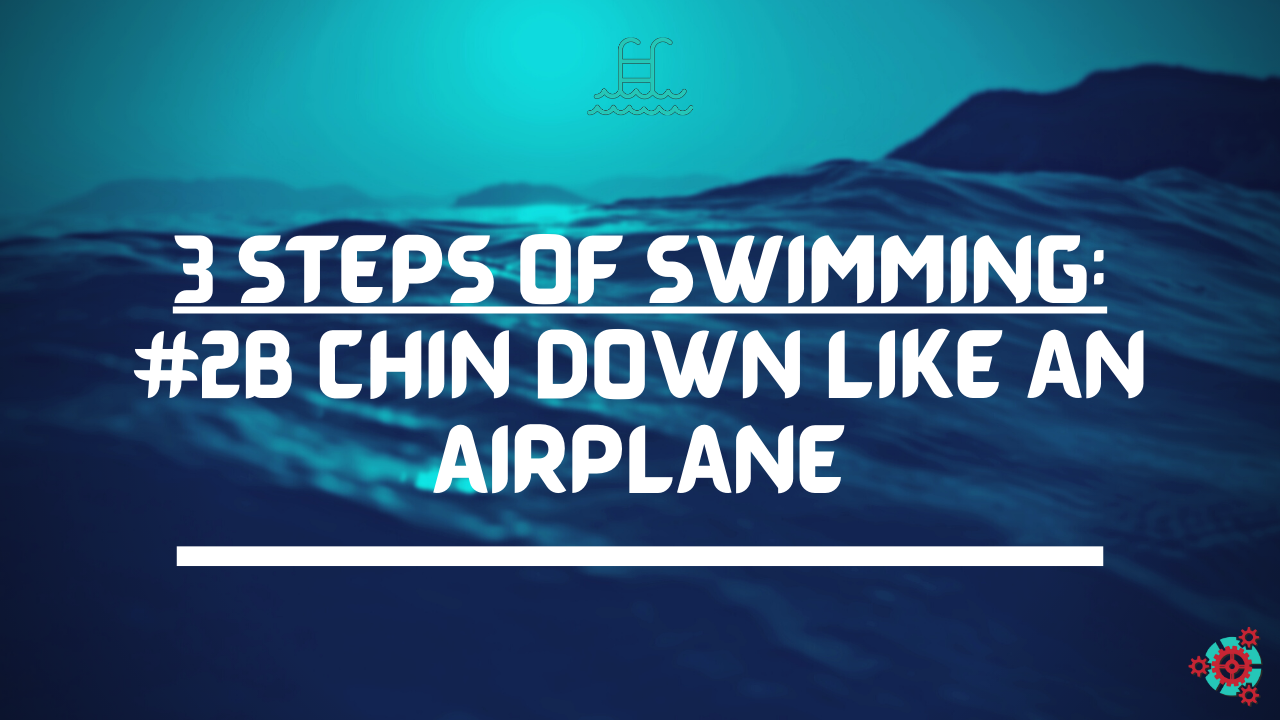You’re like a droop snoot on an airplane!
What a weird way to start this newsletter, but you really do have to treat your body as if you’re a plane underwater. The same principles of aerodynamics apply in this case of hydrodynamics. Let me explain…
Why + Philosophy:
Imagine a Kung Fu warrior for second. Do you know how they get so strong? It isn’t by purely working out, although that makes a huge difference. Oftentimes it is by forcefully hitting hard objects, and in turn making themselves harder. Punching sand in buckets, then grabbing it. Punching the iron trees, or by slapping concrete. It is pretty crazy to me, but also fascinating at the same time.
When you are swimming you are thinking about movement, or maybe breathing if you are out of breath. However what you may not be thinking of is how the water is a wall. The entire pool acts like a wall to you no matter the angle.
You have to fight the water at all times, but as you learn to swim or move more efficiently you may start to cut through the water. Taking advantage of the smoothness, and glide yourself along.
How + Physics:
A concept I talk about in some of my advanced lessons is the thought process of up, down, left, right, and no this isn’t some cheat code. Well.. actually it is, but rather a cheat code for you to learn how to move in the water.
Another imagination prompt for you, think of a fish, and how they move in the water. They don’t have a propeller on their rear, rather it is a fin moving side to side. That is what propels them forward. Heck even if you think of a torpedo, something that seemingly travels forward, and not side to side. It is moving due to the fan in the back rotating around in a side to side rotation.
This brings me to the point of the post today finally, the idea of being smoother in the water. When you follow the A-step of “Face down” it allows your spine to relax, and helps with breathing when you learn how to do that. However the top of your head is still fighting the water, and it doesn’t have to.
By doing the B-side to this step, you put your “chin down”, and in doing so you drop your head down like an airplane. It doesn’t really impact your ability to turn your head either for breathing, but if you aren’t calm it may cause a panic when you just start out.
The water FLOWs over your head, and in my experience can dramatically increase your speed.
What + Psychology:
I mentioned the panic, and depending on how far you bring your chin down, your flexibility, and more; There can be a spark that will make you feel that you can’t breathe or something akin to that. It isn’t real, and you can simply just move your head up if you are feeling uneasy. However that is easier said than done, which is why I always say to stay calm. That way you can focus on the movement, learning it, and practicing over and over.
Maybe it has to do with the compression of your throat, as you don’t really need to do much breathing underwater besides bubbles. Even then I’ve never had trouble with doing them with my chin down, but that is only my experience. Just be mindful is all I’m trying to say!
Conclusion
I got a bit carried away with the up/down/left/right stuff, as that is a topic for a later newsletter, but I felt that it would provide a good example of you avoiding fighting the water.
The Kung Fu monks train by using the natural world, and the same goes for you with the swimming. Sure I say don’t smack the water, but if you do then perhaps you can get stronger from it. Or if you dive in properly, then you can pull harder. Increasing the intensity, and allowing for a greater workout. Using the wall concept to your advantage.
Disclaimer:
This is advice for people to level up their swimming, or perhaps get started in the first place. While you swim you should make sure you are doing so in a public facility with a lifeguard on duty for safety.
![Official Website for Dustin Miller PolyInnovator [LLC]](https://polyinnovator.space/content/images/2025/03/polyinnovator-logo-2024.png)











